Actually, several questions. I’ve become a follower of Yugata’s career since meeting her at the massive Comic Market (“Comiket”) event in Tokyo last December. At that event and also at Comitia in May, I bought some of her work. The juxtaposition of cute high school girls and creepy insects is interesting, but the main attraction is not so much the subject matter as that it’s just drawn and colored so beautifully. This is a lady with real talent.
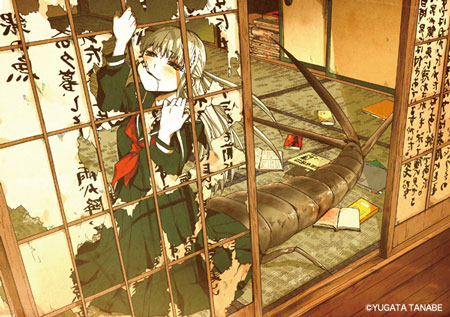
I feel I’d like to show characters who are both scary and cute. Putting horror elements together with cute ones, I think I can create something new and interesting. — Yugata
|
Stunned that this twentysomething artist is not already the toast of the Tokyo manga world, I’ve been wanting to spread the word about her. I first inquired about doing an interview in January. She has a lot going on, but finally found some time to sit down with me on June 21, 2015, in the Nakano area of Tokyo. What follows is a transcript, translated from Japanese and edited for length and clarity.
(Note: “Yugata” is a pen name; as is not unusual in Japan, she doesn’t put her real name on her work, at least in part because moonlighting is frowned upon. She also declined to let me take a photo of her; it’s your loss, I have to say.)
Working for a Living
DCP: Is making comics your job?
YUGATA: Well, I really want it to be my job, and lately I’ve been getting some things published in magazines. Continue reading Yugata, I’ve got a question…
 Ogawa Burukku (a.k.a. Brooke Stephenson) has been enjoying great success with her magical-girl manga FaLLEN — both on the Web and in self-published books. This week she talks with Tim about her experience studying comics and being a manga studio assistant in Tokyo, why straight women get into a comic with nude women in it, why living in Japan is not like living in the future, tabling at Japanese comics events vs. American conventions, and more.
Ogawa Burukku (a.k.a. Brooke Stephenson) has been enjoying great success with her magical-girl manga FaLLEN — both on the Web and in self-published books. This week she talks with Tim about her experience studying comics and being a manga studio assistant in Tokyo, why straight women get into a comic with nude women in it, why living in Japan is not like living in the future, tabling at Japanese comics events vs. American conventions, and more.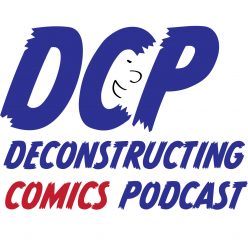
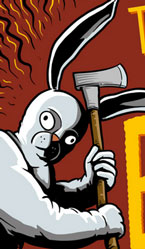 Last year at the
Last year at the  This week Tim travels just south of Tokyo to Yokohama to meet up with Chris Taylor (“Sketchfro”), creator of
This week Tim travels just south of Tokyo to Yokohama to meet up with Chris Taylor (“Sketchfro”), creator of  When doing an autobiographical comic — a memoir, a travelogue, whatever — one problem to consider is how the people around you feel about appearing in your comic, especially if it’s getting published! This week Tim talks with
When doing an autobiographical comic — a memoir, a travelogue, whatever — one problem to consider is how the people around you feel about appearing in your comic, especially if it’s getting published! This week Tim talks with 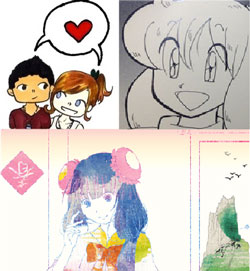 What are some advantages and disadvantages of comics as a medium? How can you show lack of motion in a comic? Is the lack of sound in a comic ever an advantage? How do you keep yourself going when you’re afraid that your work isn’t good enough? This and more this week with three Tokyo-area artists: Grace Mineta, who’s having considerable success with her
What are some advantages and disadvantages of comics as a medium? How can you show lack of motion in a comic? Is the lack of sound in a comic ever an advantage? How do you keep yourself going when you’re afraid that your work isn’t good enough? This and more this week with three Tokyo-area artists: Grace Mineta, who’s having considerable success with her 
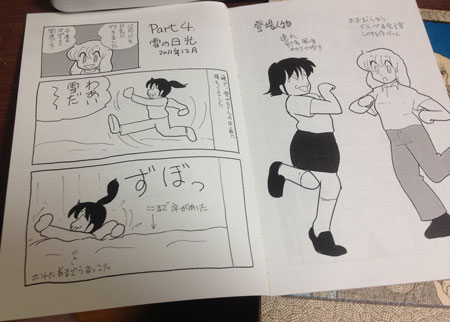

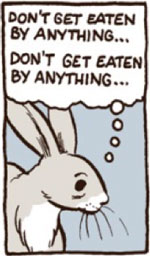 The daily strips on
The daily strips on  Nao Yazawa
Nao Yazawa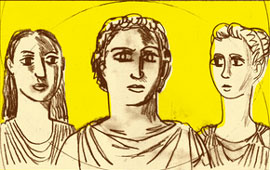 This week, an interview with Frank Santoro, who
This week, an interview with Frank Santoro, who 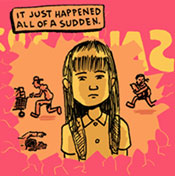 Anthropomorphized cats in a Pulp Fiction-style shootout; a tiny man found sleeping in the grass; two people hiding in an abandoned restaurant during some catastrophic event. These were some of the one-page, where’s-the-rest-of-it scenes in Ian M‘s
Anthropomorphized cats in a Pulp Fiction-style shootout; a tiny man found sleeping in the grass; two people hiding in an abandoned restaurant during some catastrophic event. These were some of the one-page, where’s-the-rest-of-it scenes in Ian M‘s